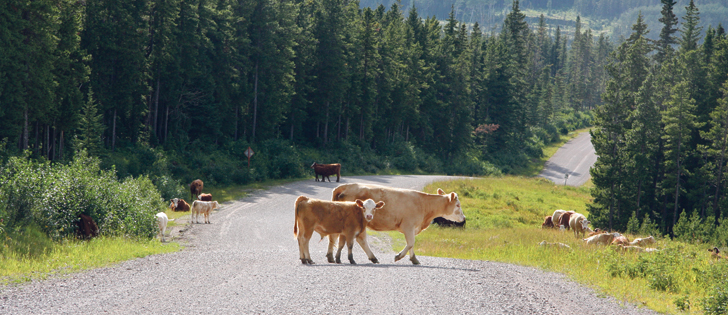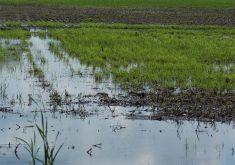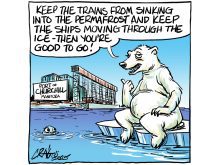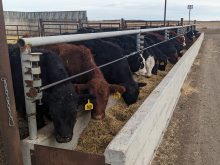The recent announcement of the legislated protection of the Castle Wildland and Provincial Parks is cause for celebration — for water and for the health and well-being of Albertans and all Canadians.
For more than 40 years we have known that this area is special and merits protection. It is home to an incredible diversity of natural life, and most importantly, it is headwaters for the Oldman Watershed.
Clean water for Albertans and those downstream is priceless. Because of this, local landowners, businesses, concerned citizens and a wide range of organizations have worked toward its protection.
Read Also
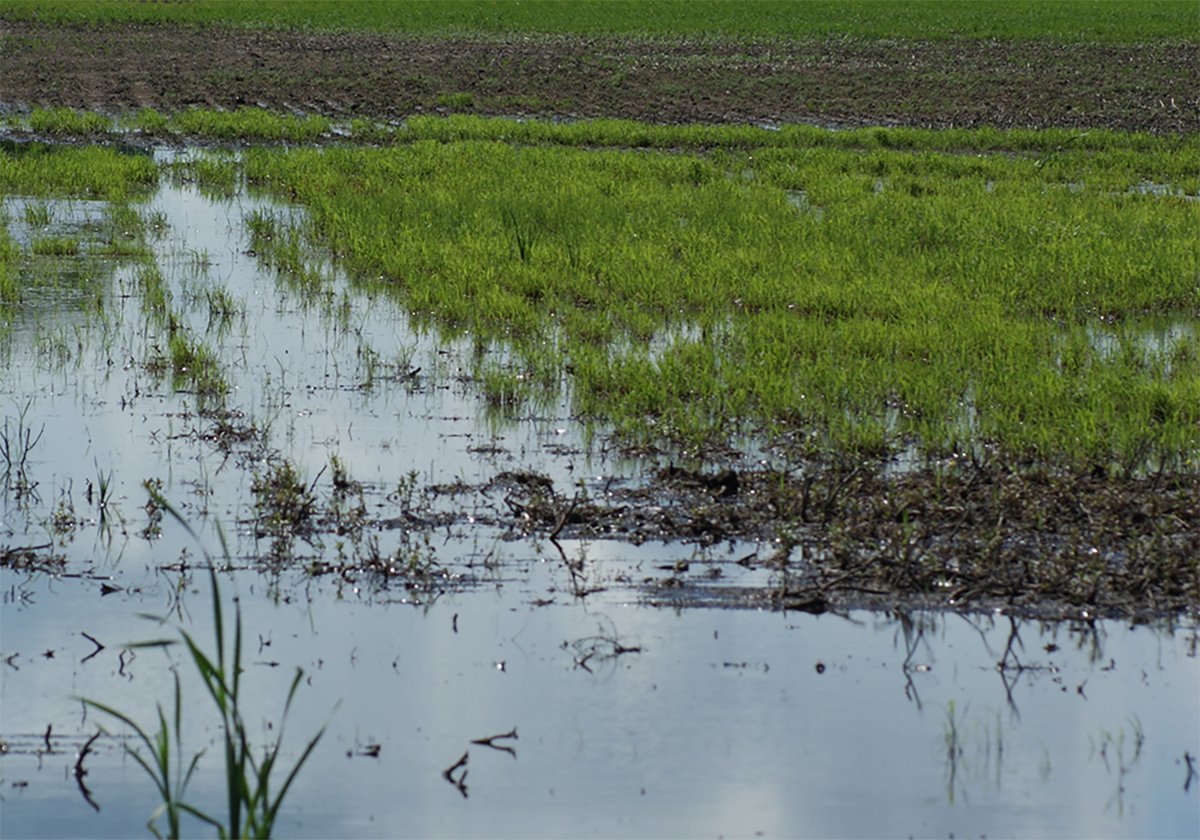
Topsy-turvy precipitation this year challenges crop predictions
Rainfall can vary dramatically over a short distance. Precipitation maps can’t catch all the deviations, but they do provide a broad perspective.
A recent Alberta-wide poll showed that 88 percent of Albertans want more wilderness protected. Protection of the Castle with a focus on low impact recreation ensures the long-term preservation of these lands and waters for the future. The Castle adds two new parks to our amazing protected areas network in Alberta.
Albertans love getting outdoors. In fact, 76 percent of all adult Albertans participate in some form of outdoor recreation with the vast majority of these users (86 percent) preferring non-motorized recreation.
Like Kananaskis, the Castle region offers amazing opportunities for outdoor recreation for all Albertans. It is an amazing gift to the citizens of our province. Healthy parks contribute to healthy people.
After months of consultation with the public and stakeholders, including both motorized and non-motorized recreation groups, the creation of the Castle parks reflects what Albertans want from a world-class park — protection of water, nature and quiet places to hike, fish, camp, picnic, hunt or just enjoy the outdoors.
Putting conservation first has meant some difficult decisions with respect to high impact uses. Science has shown that to protect the water and other important ecological values, forestry and off-highway vehicle (OHV) use are not appropriate for this sensitive region.
Low-impact recreationalists who have been displaced from the region by motorized users can now return to the special places they love. Local landowners and ranchers who have stewarded both public and private lands can now know that their efforts will not be undone by high-impact industrial or recreational land uses. The parks will be open for all Albertans — just not their machines.
Government and stakeholders are working diligently to find solutions for regulated properly managed OHV use in less sensitive areas, recognizing the need for places for responsible users. This isn’t about taking away; it is about seeing the big picture, planning accordingly and putting water first.
Finally, creating two new parks in the Castle is a great step forward in the effort to reach international targets of 17 percent protection of our lands. It is taking a leadership role in Canada with respect to conservation and putting nature at the centre of our decision making to ensure a healthy future.
The increasing consensus is that nature needs far more than 17 percent to be healthy and viable — and meet our own needs — into the future. We celebrate this step and encourage the government to create more parks in Alberta and find solutions to land-use issues on public lands that respect science-based limits for land and water.
A. Syslak is with the Canadian Parks and Wilderness Society’s southern Alberta chapter

